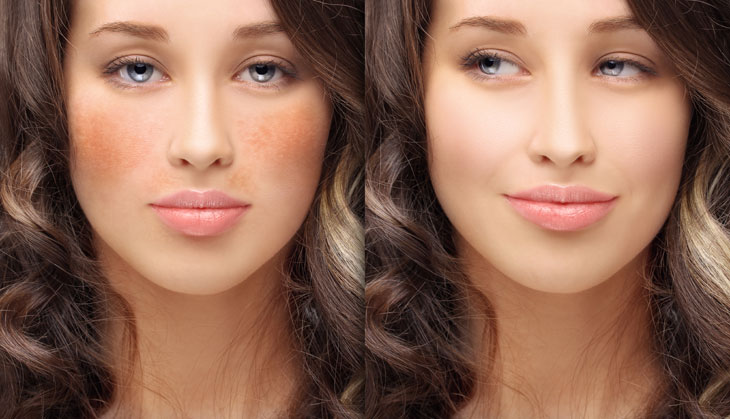
When you’re living in a hot climate, skin care becomes even more important, making sunscreen, hats and sunglasses a must.
However, skin damage does still happen and hyperpigmentation is one of the many concerns that both men and women are dealing with. If you suspect that you might have developed skin pigmentation, it helps to know exactly how to identify it and how you can treat it.
Understanding Hyperpigmentation
Hyperpigmentation goes by a few different names, including brown masks and sun spots. It’s a particularly common skin condition in Australia though, which is why so many cosmetic clinics have started offering treatment options.
If you’ve recently been spending a lot of time outside or you’ve returned from your holiday and have noticed small brown spots across your face, this could be a sign of pigmentation. This happens when UV rays come into contact with melanocytes, which is a fancy name for pigment cells. Once these cells are stimulated, your skin starts to produce more melanin, which is what gives your skin colour when you tan.
Hyperpigmentation can affect all skin tones, which means everyone is at risk of developing this skin condition.
Fortunately, laser treatment technology has made it easy to treat hyperpigmentation and renew the skin in a matter of months. If you would like to find out more about this treatment, this Pico Genesis laser benefits information should help.
Types of Hyperpigmentation
Melasma: Pregnant women or those on birth control can develop a type of hyperpigmentation called melasma. This can be quite a tricky type of hyperpigmentation to treat as it’s very stubborn.
Post-inflammatory hyperpigmentation: When the skin is injured due to something like a burn or even a pimple that was picked, you can develop a redish-brown spot, which is PIH. Any treatments that inflame the skin can also cause post-inflammatory hyperpigmentation.
Lentigines: Also known as age spots, lentigines is caused by sun exposure and is more prominent amongst people with lighter skin tones.
Is It Necessary to Treat Hyperpigmentation?
While hyperpigmentation doesn’t pose any health risks, it can make you look older than you really are.
The problem comes in when you continue to develop more spots. Eventually, you will be left with an uneven skin tone that can start affecting your self-esteem.
Laser treatments are a safe and effective way to get rid of these spots, leaving you with a more youthful appearance and the chance to better protect your skin from the sun the second time around.
PICO Genesis treatments use pulses of controlled light to break up the pigmented cells so that your body can dispose of them naturally. It’s completely safe for all skin types and is one of the few lasers that can be used to treat melasma, which can be made worse with light laser treatments.
To achieve your desired result, you will require a series of treatments spaced several weeks apart but the wait will be well worth it.

